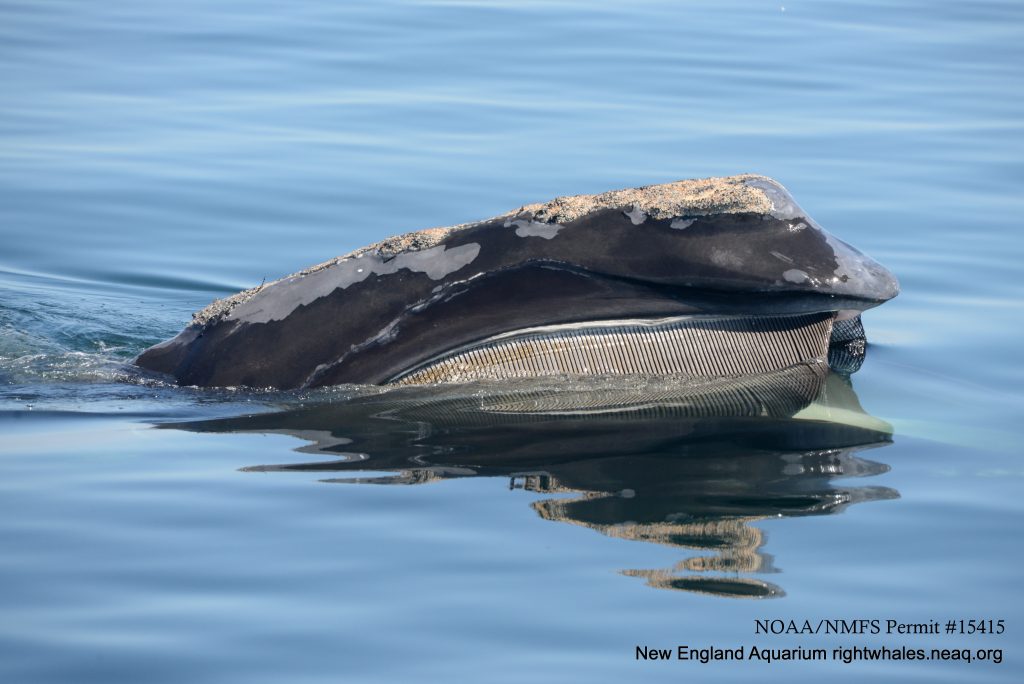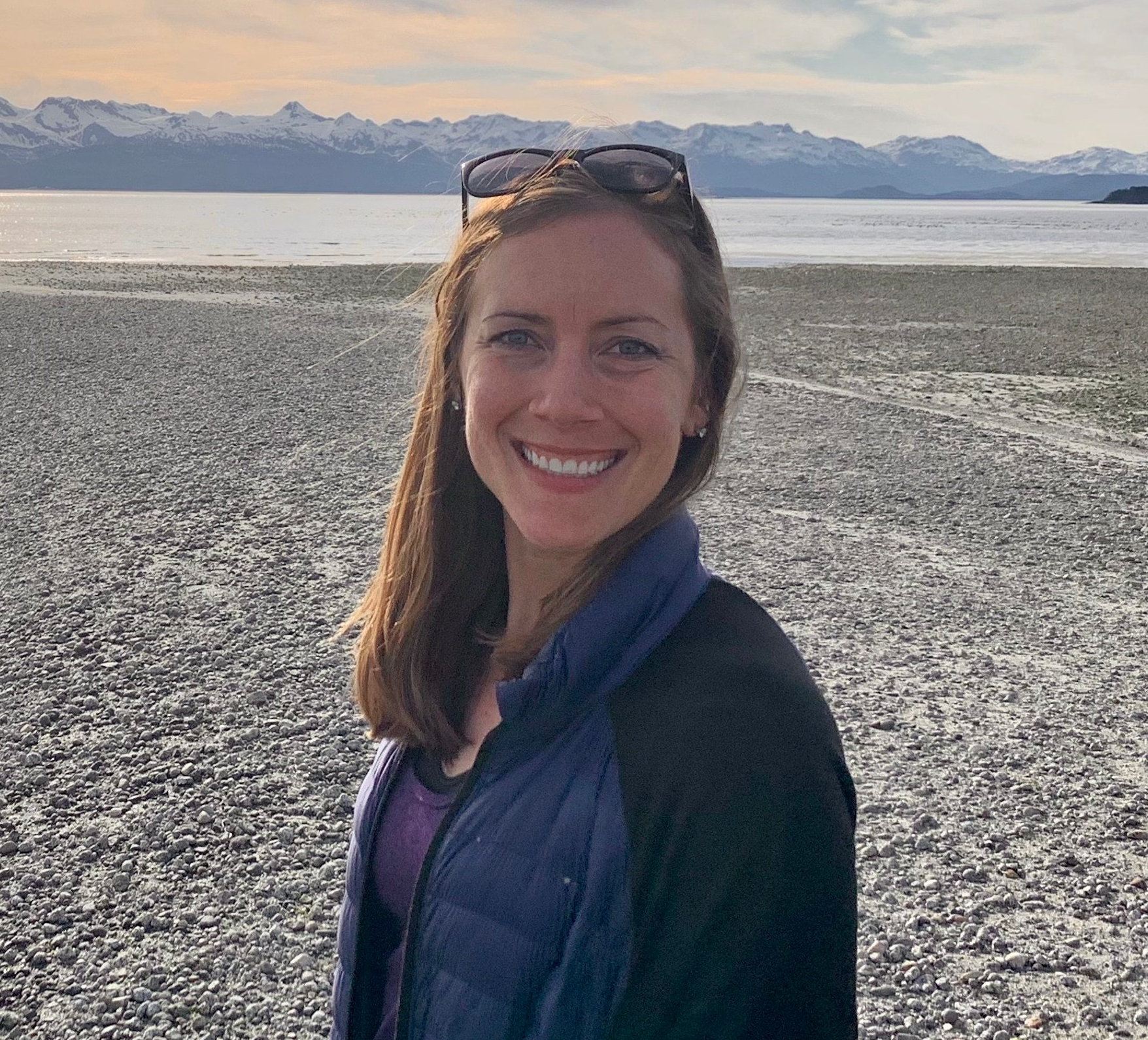When you hear that whales are “protected”, what first comes to mind?
Of course, physical walls or barriers would never work for animals that spend their life in the wild and always on the move. Instead, laws to set these determine these boundaries.

What are we protecting whales from?
The word, “protect” is defined as to keep from injury or harm. It wasn’t that long ago that many marine mammal populations were in huge decline. In the 1970s, scientists and the public began raising concerns that human activities, such as fishing and hunting, were diminishing marine mammal populations, some almost to the point of extinction.
U.S. Congress passed the Marine Mammal Protection Act (MMPA) in 1972 to protect all marine mammals. The MMPA provides federal protection in U.S. waters by making it illegal to “take” marine mammals without a permit or special exemption. This means people may not harass, feed, hunt, capture or kill any marine mammal or attempt to do so. Exceptions include take permits for scientific research and take by Alaskan natives for subsistence use.

Some marine mammals are also protected by the Endangered Species Act (ESA), passed by Congress in 1973. The ESA provides federal protection for endangered species, threatened species, and their designated critical habitat. Both NOAA Fisheries and the U.S. Fish and Wildlife Service share responsibility for implementing the ESA.
These laws, alongside the moratorium on commercial whaling by the International Whaling Commission have been vital in the recovery of whale populations globally.
How do these laws apply to whale watching?
When whale watching, it is important to consider why those whales are there in the first place. Is it to feed? Is it to raise young? Is it to rest? Whatever it is they are doing, they are doing it for their survival. For humpback whales and other migratory species, accumulating enough energy reserves in feeding areas in cold nutrient-rich waters, will directly translate to their reproductive success in the crystal-clear nutrient-poor tropics.

If the presence of whale watching vessels alters their behavior, that may be considered harassment. NOAA Fisheries offices in each region develop regulations and guidelines to avoid harassment and to support the recovery and protection of the species in their area.
Distance thresholds
One way that the MMPA avoids the harassment of whales is through setting distance thresholds for approaching whales. Giving whales space allows for whales to behave naturally. In the United States, federal law requires vessels to remain 100 yards away from humpback whales in Hawaii and Alaska waters, 200 yards from killer whales in Washington State inland waters, and 500 yards away from North Atlantic right whales.
How does Whale SENSE protect whales?
Whale SENSE is a voluntary education and recognition program that gives credit to operators in the Atlantic and Alaska who agree to not only follow wildlife viewing federal regulations, but follow additional guidelines and standards to support the conservation of whale species.
Operational guidelines include reducing speed when approaching and departing whales, limiting viewing time, and communicating with other vessels. Participating staff must also complete additional annual training and incorporate education about whale conservation on their tours. As a part of the program, whale watching operators also agree to conduct an ocean stewardship project and engage in advertising that does not depict illegal activity (i.e. close approaches to whales).

Your choices matter!
Every day you can make small choices that can help to protect whale species. From choosing a company that operates at higher standards, like Whale SENSE operators, to reducing your impact on the environment and reusing products when possible, you can make a difference in supporting the recovery of whale species.
Read more answers to Frequently Asked Questions here!


